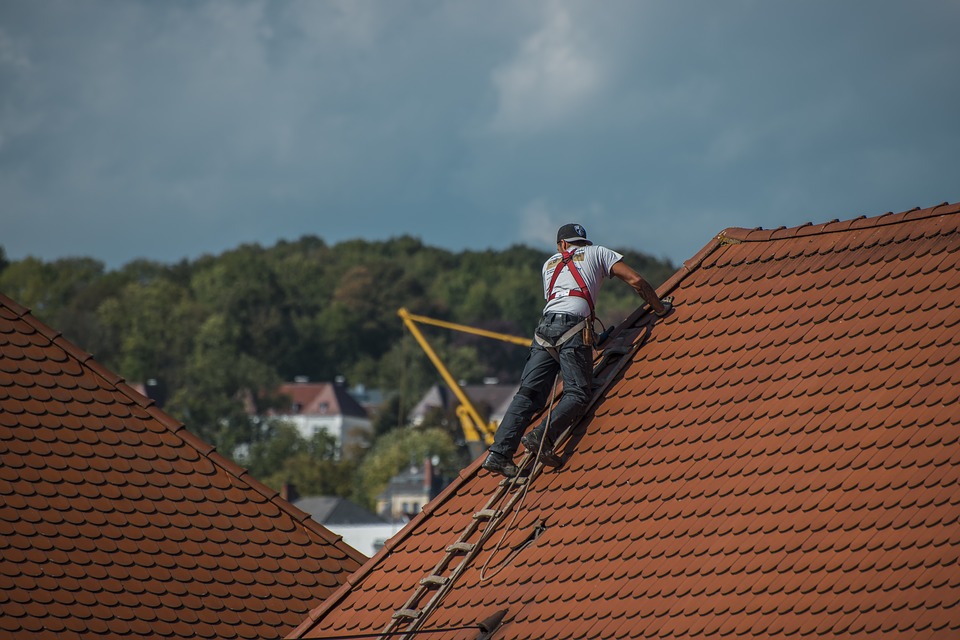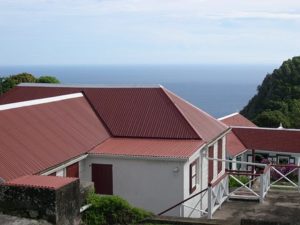There are various factors to consider when choosing the right material for your roof. In the past, you only had a few options such as clay tiles, asphalt shingles, slate, and concrete tiles. Currently, there are many alternatives that you can choose if you want to install or replace a new roof. If you are planning to install a new roof or replace one that you already have, you need to consider different materials. The following are some of them.
Solar Tiles
This is a roofing option that can be integrated into shingles that are already existing. You will find it to be a great option as it can help you offset costs of energy with solar energy. However, they are quite costly as compared to other roofing options.
Asphalt Shingles
This material is quite common, and it is useful in a wide range of conditions. They range in quality that you can select from. Fortunately, certain standards can help you choose the right quality of the shingle you buy. Upfront costs of the roof are not high and ought to be replaced after 20 to 25 years. If you are living in an area that is prone to hail, you should get impact resistant shingles.
Metal Roofing
You can find this in the form of vertical panels or shingles that look like slate, tiles, or shake. This type of roofing can remain intact even after 50 years. Metal sloughs off snow and rain, and it does not burn. Moreover, it can resist strong winds. It is lightweight and can be installed over the existing roofs. However, the main issue you can have with it is the noise, particularly during rainstorms.
Stone Coated Steel
 They are interlocking panels that appear like shingles, slate, or clay. The steel is designed to withstand damage brought by the rains. Also, it can resist strong winds and hail. Thus, it is the right option if you are living in an area that is windy and wet. In addition, they are the best in areas that experience occasional wildfires.
They are interlocking panels that appear like shingles, slate, or clay. The steel is designed to withstand damage brought by the rains. Also, it can resist strong winds and hail. Thus, it is the right option if you are living in an area that is windy and wet. In addition, they are the best in areas that experience occasional wildfires.
Slate
This type of roof is quite durable. It can remain intact for over 80 years. The roof is waterproof and does not burn. Also, it does not get mold or fungus. You will find it to be an effective option in wet climates. However, it is heavier and can break easily if stepped on.
